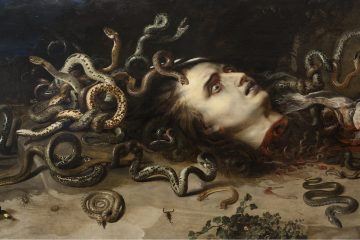Cristina Rivera Garza in The Paris Review:
 On September 14, 2011, we awoke once again to the image of two bodies hanging from a bridge. One man, one woman. He, tied by the hands. She, by the wrists and ankles. Just like so many other similar occurrences, and as noted in newspaper articles with a certain amount of trepidation, the bodies showed signs of having been tortured. Entrails erupted from the woman’s abdomen, opened in three different places.
On September 14, 2011, we awoke once again to the image of two bodies hanging from a bridge. One man, one woman. He, tied by the hands. She, by the wrists and ankles. Just like so many other similar occurrences, and as noted in newspaper articles with a certain amount of trepidation, the bodies showed signs of having been tortured. Entrails erupted from the woman’s abdomen, opened in three different places.
It is difficult, of course, to write about these things. In fact, the very reason acts like these are carried out is so that they render us speechless. Their ultimate objective is to use horror to paralyze completely—an offense committed not only against human life but also, above all, against the human condition.
In Horrorism: Naming Contemporary Violence—an indispensable book for thinking through this reality, as understanding it is almost impossible—Adriana Cavarero reminds us that terror manifests when the body trembles and flees in order to survive. The terrorized body experiences fear and, upon finding itself within fear’s grasp, attempts to escape it. Meanwhile, horror, taken from the Latin verb horrere, goes far beyond the fear that so frequently alerts us to danger or threatens to transcend it. Confronted with Medusa’s decapitated head, a body destroyed beyond human recognition, the horrified part their lips and, incapable of uttering a single word, incapable of articulating the disarticulation that fills their gaze, mouth wordlessly. Horror is intrinsically linked to repugnance, Cavarero argues. Bewildered and immobile, the horrified are stripped of their agency, frozen in a scene of everlasting marble statues. They stare, and even though they stare fixedly, or perhaps precisely because they stare fixedly, they cannot do anything. More than vulnerable—a condition we all experience—they are defenseless. More than fragile, they are helpless. As such, horror is, above all, a spectacle—the most extreme spectacle of power.
More here.
